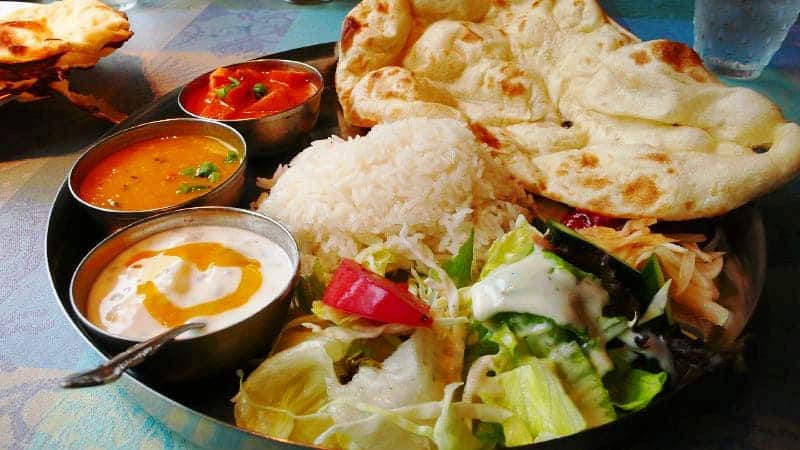Are we having spaghetti? OK, then I’d like some spring rolls to go with that.

Now this is my kind of science! According to a new study, a strong mismatch in different types of cuisine can very well result in a more enjoyable meal. The research found that integrating two different types of food from different cultures makes the meal much more enjoyable.
Jacob Lahne, PhD, an assistant professor in the Center for Hospitality and Sport Management, loves you. He seriously does! I say this because he’s trying to figure out ways through which you can enjoy your meal more, and that’s the best kind of love there is.
“We were investigating several aspects of contrast in restaurant meals in this study,” said Lahne. “Once we found it was possible [enjoyment of an appetizer affecting overall impression or enjoyment of a meal], we wanted to test if the effect still occurred with soups from different cuisines as the appetizers – first because soup as a type of dish is a distinct category of food from most main dishes (including this pasta), and second because it seems likely that you wouldn’t compare a Thai soup to an Italian main dish.”
He analyzed hedonic responses — basically a likeness response — to a main dish of “pasta aglio e olio” (pasta with garlic and oil), a classic Italian dish. He split participants into two groups, one which received an Italian minestrone (a classic Italian soup), and the other which got a Thai tom kha soup. So in one case there was a match between the two, and in the other there was a strong mismatch. But they added another twist. They made two versions of each soup, one with better ingredients and one with more mediocre ingredients. This is where the interesting differences really kicked in.
They found that when the appetizer was cooked with good ingredients, and the main course was cooked with mediocre ingredients, the impression of the latter was significantly diminished. Basically, the bridesmaid of the meal can take something away from the bride. However, there is a way to bypass this: through mismatching. When people ate the (good) Thai soup first and then the (mediocre) Italian pasta, this didn’t happen. They both felt really good to eat, and this is the main takeaway: if you don’t have really good ingredients to eat, mismatching food can lead to a more enjoyable meal.
Of course, this study is more addressed to restaurants and players in the food industry than us, end consumers, but hey — if it makes food taste better, I’m all for it.
In the future, they want to push things even further and see just how big of an impact contrasting tastes have.
“We want to keep pushing the boundaries to learn more about contextual experiences,” Lahne said. “Often, in traditional high-cuisine meals, patrons are offered palate cleansers to neutralize taste buds — a grapefruit sorbet or pickled ginger — but is this enough to interrupt a comparison from one course to another that precedes it?” He’d also like to take the study global to see if the same effects occur in a different cultural environment.
The study “You’ll spoil your dinner: Attenuating hedonic contrast in meals through cuisine mismatch” was published in Food Quality and Preference.






